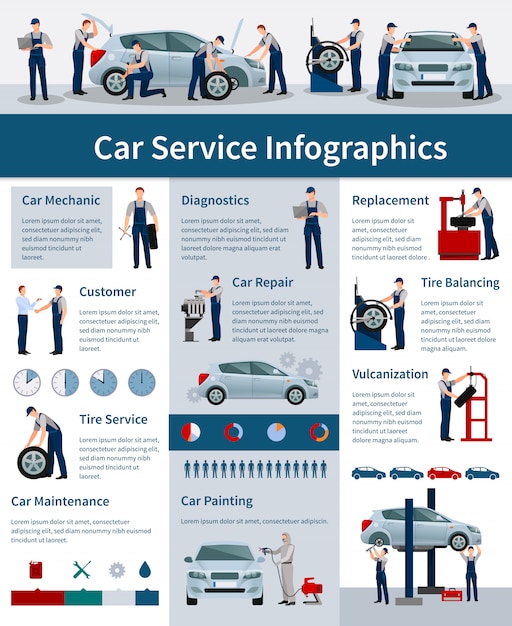Understanding Your Cars And Truck'S Caution Lighting: What Do They Truly Mean?
Understanding Your Cars And Truck'S Caution Lighting: What Do They Truly Mean?
Blog Article
Write-Up Written By-Hartley Gilbert
When you're behind the wheel, those radiant warning lights on your control panel can be a little bit complicated. Do you understand what they're attempting to tell you concerning your vehicle's health? Comprehending the importance of these lights is essential for your security and the durability of your automobile. So, the next time among those lights pops up, wouldn't you want to decode its message properly and take the required actions to resolve it?
Common Caution Lighting and Interpretations
Determine common warning lights in your cars and truck and recognize their significances to ensure secure driving.
One of the most normal caution lights include the check engine light, which signals concerns with the engine or discharges system. If this light begins, it's vital to have your car inspected without delay.
The oil stress warning light suggests low oil pressure, requiring instant focus to avoid engine damages.
A blinking battery light could suggest a malfunctioning billing system, possibly leaving you stranded otherwise addressed.
The tire pressure surveillance system (TPMS) light alerts you to low tire stress, influencing lorry stability and gas effectiveness. Disregarding this could result in harmful driving conditions.
The abdominal muscle light indicates an issue with the anti-lock braking system, compromising your ability to quit swiftly in emergency situations.
Last but not least, the coolant temperature warning light warns of engine getting too hot, which can lead to severe damage if not resolved promptly.
Comprehending these typical warning lights will certainly aid you attend to problems without delay and keep safe driving conditions.
Importance of Prompt Focus
Recognizing the common warning lights in your automobile is just the initial step; the relevance of immediately addressing these cautions can't be stressed enough to ensure your security when traveling.
When mouse click the next article illuminates on your dashboard, it's your cars and truck's way of connecting a possible problem that requires focus. Ignoring these warnings can bring about much more severe issues later on, compromising your safety and security and possibly costing you a lot more out of commission.
Motivate attention to alerting lights can prevent breakdowns and crashes. For example, a flashing check engine light might indicate a misfire that, if left neglected, could trigger damage to the catalytic converter. Resolving this quickly can save you from a costly repair.
Similarly, https://carbrakesnearme94050.liberty-blog.com/30388839/the-next-phase-in-automobile-repair-work-trends-to-be-aware-of-in-the-upcoming-years warning light might signal reduced brake liquid or worn brake pads, crucial elements for your safety when driving.
Do It Yourself Troubleshooting Tips
If you see a caution light on your dashboard, there are a couple of DIY troubleshooting suggestions you can try before seeking professional aid.
The initial step is to consult your car's manual to recognize what the particular warning light indicates. Sometimes interior wash near me can be as easy as a loose gas cap triggering the check engine light. Tightening up the gas cap might settle the problem.
One more usual problem is a reduced battery, which can set off various alerting lights. Examining the battery connections for corrosion and guaranteeing they're safe and secure could fix the problem.
If a caution light continues, you can try resetting it by detaching the car's battery for a few mins and then reconnecting it. Furthermore, checking your lorry's fluid degrees, such as oil, coolant, and brake liquid, can help troubleshoot cautioning lights related to these systems.
Conclusion
In conclusion, comprehending your auto's caution lights is necessary for keeping your car running smoothly and safely. By immediately resolving these signals and understanding what they suggest, you can stay clear of expensive repairs and potential breakdowns.
Bear in mind to consult your vehicle's manual for specific information on each warning light and do something about it as necessary to make certain a trouble-free driving experience.
Remain informed, remain safe when driving!
